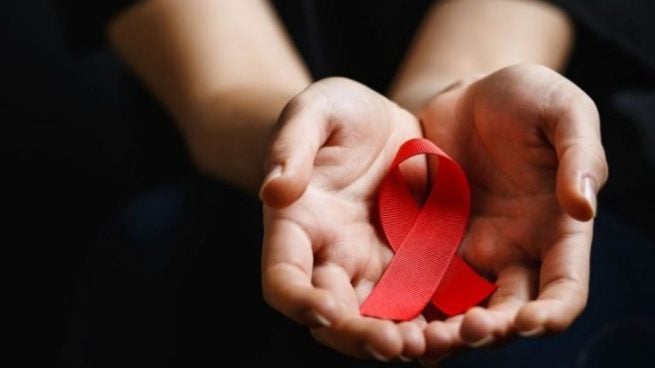World AIDS Day allows us to conduct an exercise that goes far beyond simple awareness of this disease, every 1 December this date is celebrated to support global efforts to prevent new contagions, and also to offer respect, closeness and support to people living with HIV.
What ministries of health, United Nations agencies and governments in each country are trying to make clear is the need to take greater responsibility in this regard, that responsibility is twofold, as we know that the number of infected people remains alarming. According to WHO data, an estimated 38 million people live with HIV.
- On the other hand.
- There is an equally striking element: around 8 million people are infected without knowing it.
- Because HIV generally does not present symptoms.
- Because many times we tell ourselves that it only happens to others and because.
- In a way.
- It still does not take appropriate sexual health measures.
Thus, one of the goals set by the action of health institutions around the world is to reach target 90-90-90 by 2020, i. e. achieve an early detection rate of 90%, treat 90% of patients with antiretrovirals. and make sure that 90% of them have a suppressed viral load.
Is it possible to achieve this goal? You need two essential factors: economic investment and our conscience. UNAIDS, the UN’s program on AIDS, believes that this goal will unfortunately not be achieved.
Two years ago, a political statement adopted by United Nations Member States established something that invites us to think deeply: either we are taking stronger action or HIV/AIDS will be a serious public health problem by 2030.
This is a virus that has a significant impact not only on sub-Saharan Africa, but also on Latin America, the Caribbean, Eastern Europe and Central Asia, regions where there has been a significant increase in the infected population in recent years.
World AIDS Day should invite us to make a very clear commitment; The first is not to let your guard down. The HIV virus continues to have its main path of contagion in risky sexual practices.
The second is the need to generate better public policies to prevent and detect the disease in its first phase, and the third relevant aspect is undoubtedly to offer respect and support to the infected.
Let us know, therefore, these basics that permeate everything related to HIV.
HIV is the virus that causes AIDS. HIV responds to the acronym for human immunodeficiency virus and defines a type of retrovirus with a very specific mechanism of action: it attacks our immune system, something like this causes the person to suffer various types of infections, adding the risk of developing deadly infections. cancers.
HIV and AIDS are not the same because the latter condition occurs when acquired immunodeficiency syndrome occurs, i. e. the patient has a very small number of CD4 or T cells, which protect us from infection.
The most dangerous thing is getting to this point. If a person is HIV positive and not treated, they will develop AIDS in about 10 years.
This type of retrovirus has three specific transmission pathways
On the other hand, it is important to emphasize how the virus is NOT transmitted:
Currently there is no cure for this disease, however, a person may have a normal life expectancy thanks to antiretrovirals, this type of treatment involves daily administration of several medicines that meet the following objectives:
On World AIDS Day, it is not enough to be aware of taking appropriate measures to protect yourself from infections, getting tested is essential, something that should be part of our medical routine.
Medical centers recommend that people age 13 to 64 be tested at least once and more often if they have been at risk.
Simply talk to your doctor and perform a simple blood test. The results can be released in half an hour. So don’t overlook something so important, early detection ensures a better quality of life and also prevents others from becoming infected if the result is positive.

